A set of 20 posters to display as narrative story prompts for students.
Display this PowerPoint presentation on your Interactive Whiteboard, or print these educational posters on A3 paper or larger and display in your writing class or reading corner. You could also print these out at A4 or smaller, laminate and use them as task cards.


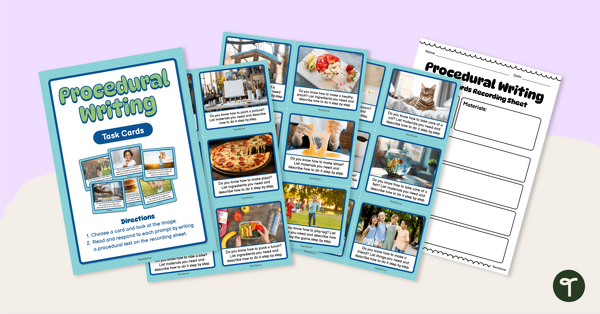
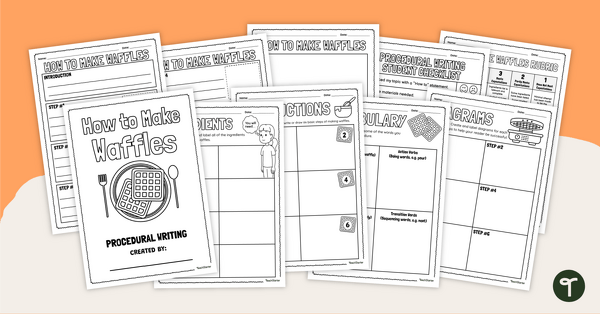
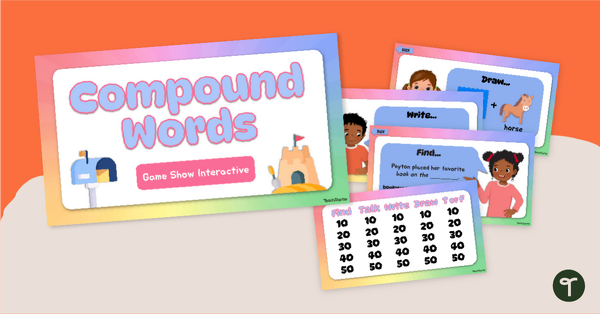
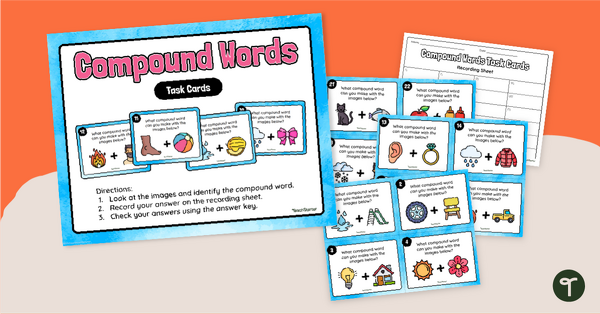
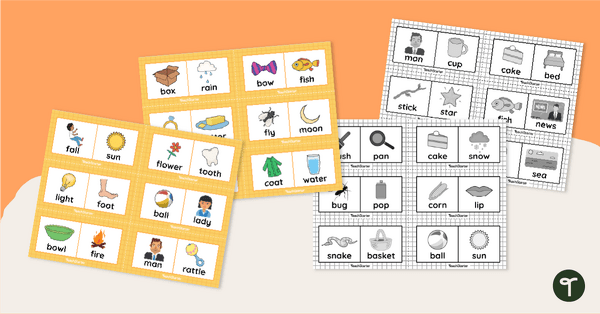
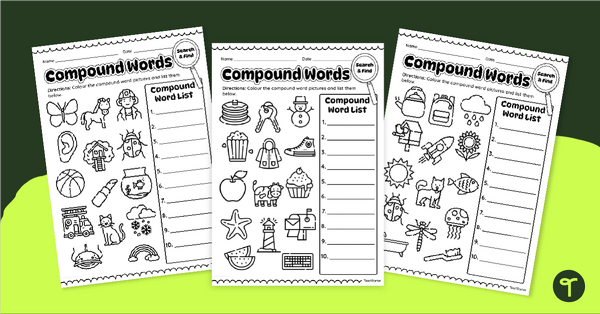
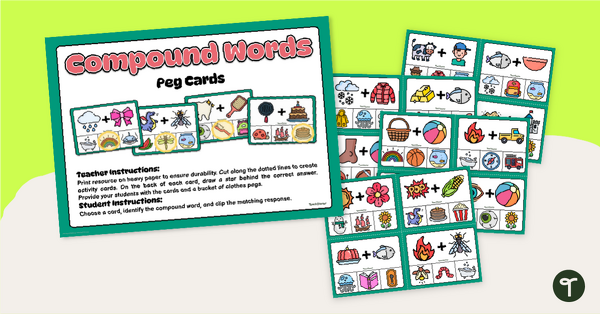
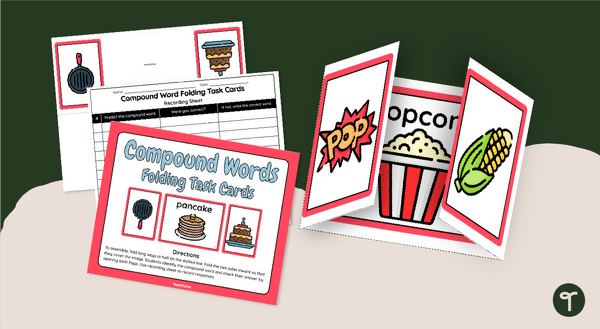
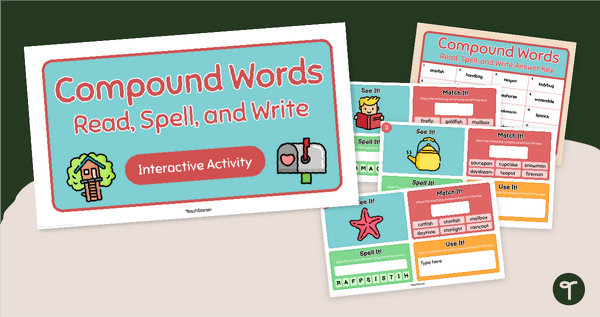
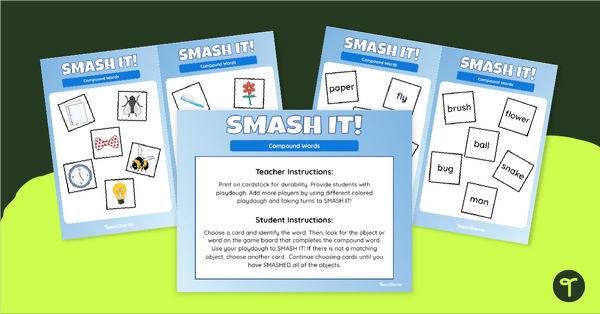
I have used these. They sparked some very creative stories.
Thanks for sharing, Kerry! Happy to hear that they have come in handy :)
Plan to use tomorrow as stimulus for writing. Thanks.